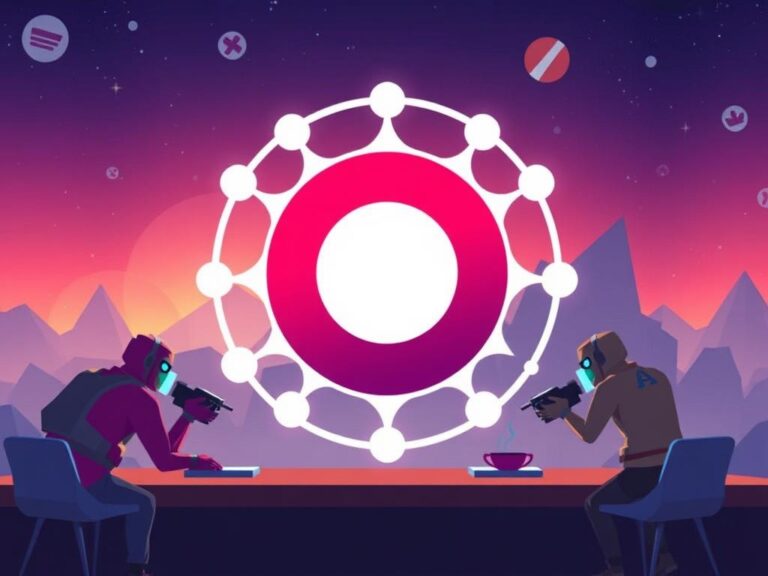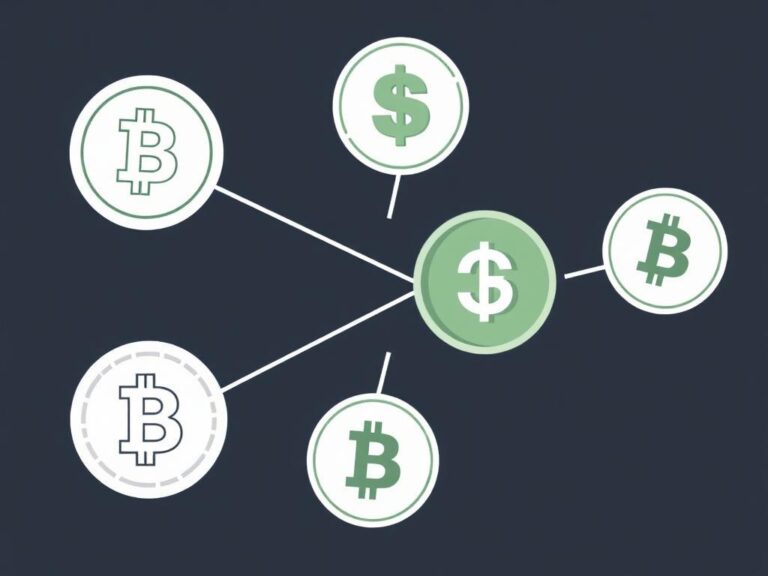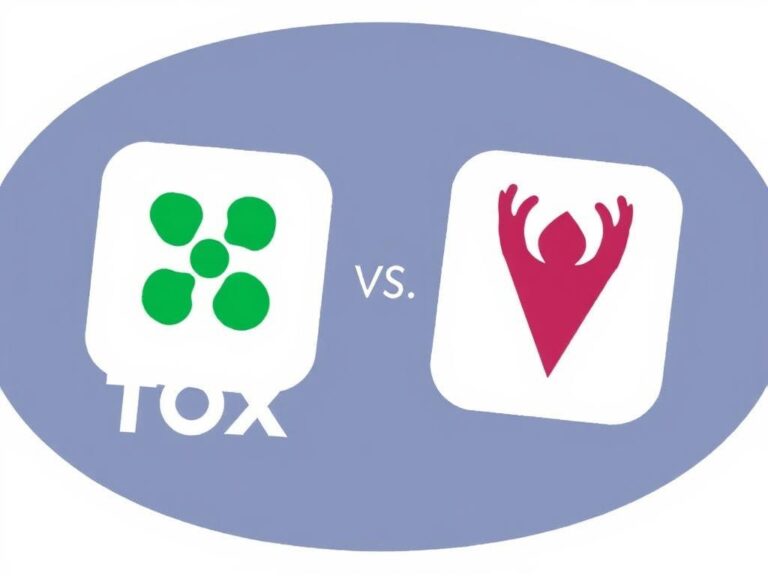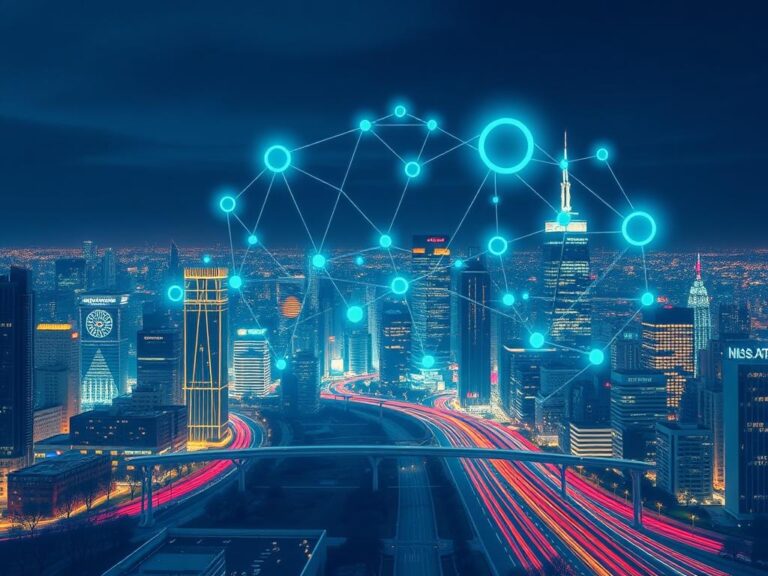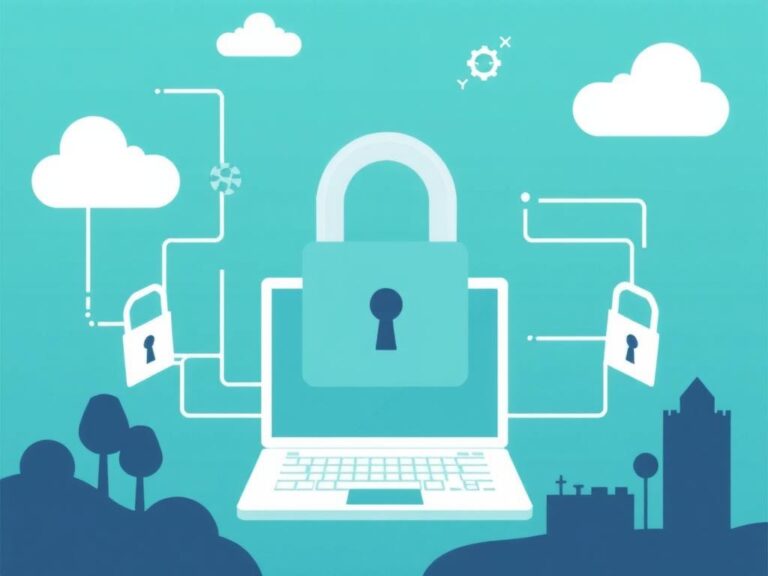The Role of P2P in the Future of the Internet: A New Era of Decentralization
The internet, as we know it today, is undergoing a massive transformation. Centralized servers and cloud services have dominated the landscape for decades, but emerging technologies are paving the way for a different, more democratic form of connectivity: peer-to-peer (P2P) systems. The role of P2P in the future of the internet is becoming increasingly important as more users and developers seek alternatives to traditional centralized models. Through decentralization, P2P promises a future where data control, privacy, and resilience are fundamentally reshaped.
If you’re wondering what exactly P2P means and why it’s such a hot topic, you’re not alone. At its core, P2P refers to a network model where each participant (or peer) acts as both a client and a server. Instead of relying on a single central server, peers share resources and data directly with one another. This model has powered file-sharing applications like BitTorrent for years, but its potential is far greater and extends to many new areas of the internet.
How P2P Networks Work and Why They Matter

P2P networks break away from the client-server paradigm by distributing data and traffic across multiple nodes. This distribution makes networks more resilient to failures and censorship, while also enabling faster data transfer in many situations. But why is this significant for the future of the internet? As centralized services face increasing privacy concerns, regulatory challenges, and threats of monopolization, P2P offers a more open and user-controlled alternative.
Let’s take a closer look at what makes P2P systems so compelling:
- Decentralization: Without a central controlling entity, no single point of failure exists, enhancing security and uptime.
- Privacy: Since data is distributed, users have greater control over their information, reducing the power of surveillance.
- Cost Efficiency: Resource sharing reduces infrastructure costs, making services more scalable and affordable.
- Scalability: As new peers join the network, resources and capacity naturally increase, supporting growth without massive investments.
By redistributing authority and resources, P2P systems challenge the status quo of internet architecture. But to understand the full scope of P2P’s future impact, it’s helpful to see how P2P is already influencing key areas of modern technology.
Current Applications of P2P Driving the Internet Forward
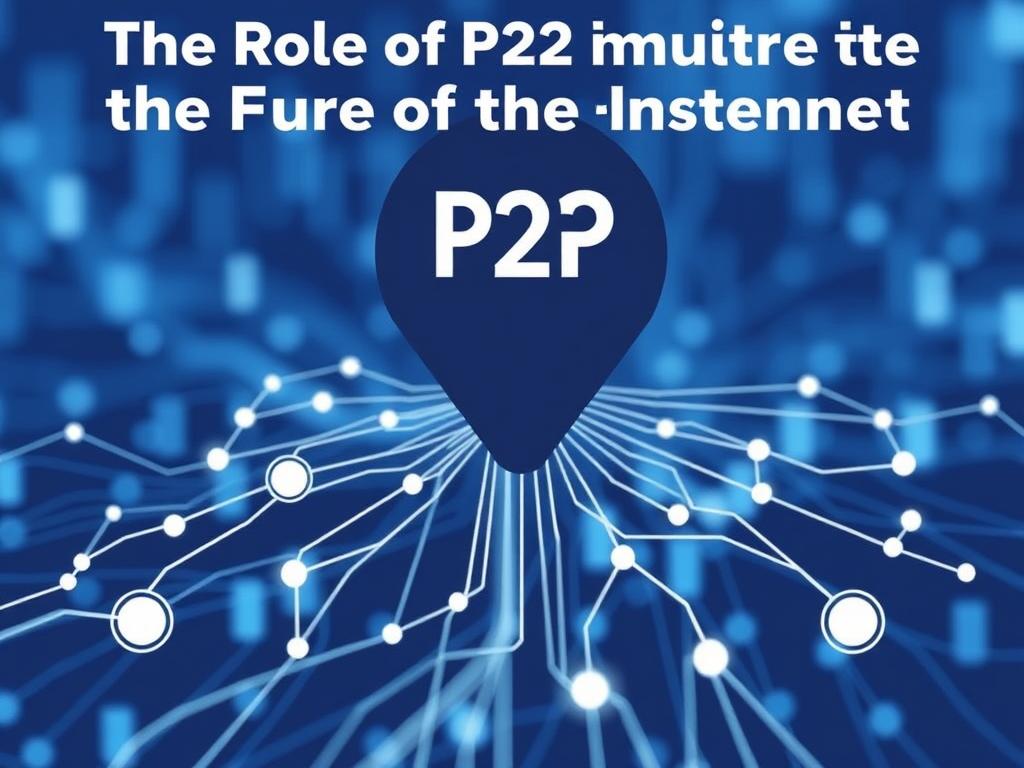
Peer-to-peer technology isn’t just theoretical—it is already reshaping many industries and services. Below are some notable current applications that highlight the practical benefits of P2P systems:
| Application | Description | Impact on Internet Use |
|---|---|---|
| File Sharing Networks (e.g., BitTorrent) | Allows users to distribute large files directly to each other without central servers. | Reduced bandwidth costs and faster, reliable downloads worldwide. |
| Cryptocurrencies and Blockchain (e.g., Bitcoin, Ethereum) | Uses P2P for transaction validation and decentralized consensus. | Enabled trustless, censorship-resistant financial transactions and smart contracts. |
| Decentralized Social Networks (e.g., Mastodon, Diaspora) | P2P architectures reduce reliance on centralized platforms for social interaction. | Returned control of content and connections to users themselves. |
| Content Delivery Networks (CDNs) | Peer nodes cache and serve web content, reducing load on origin servers. | Faster web experiences and reduced server strain. |
| Decentralized Cloud Storage (e.g., IPFS, Storj) | Distributes data storage across peers for redundancy and security. | Data remains available and secure without centralized providers. |
These applications demonstrate not only where P2P has been successful but also hint at the vast potential for its future evolution. As internet users demand greater security and autonomy, P2P technologies are positioned to flourish.
What the Future Holds: Emerging Trends in P2P Technology
The future of the internet is likely to be shaped by several exciting P2P-driven trends. As developments continue, these innovations could redefine how we interact with digital systems, communicate, and store information.
The Rise of Decentralized Web (Web 3.0)
Web 3.0 represents a major shift toward decentralization, where users own their data and participate in governing online communities. P2P networks underpin much of Web 3.0’s infrastructure, enabling decentralized apps (dApps) and services without intermediaries. This reduces reliance on traditional tech giants, promoting greater transparency and user empowerment.
Enhanced Privacy and Security Protocols
Future P2P networks will incorporate stronger encryption, anonymity solutions, and robust identity management. These measures will combat surveillance vulnerabilities common in centralized systems. Users will have more control over what information they share and with whom, boosting trust in online spaces.
Integration with IoT and Edge Computing
The expansion of the Internet of Things (IoT) will demand scalable, resilient, and decentralized communication solutions. P2P networks can support direct device-to-device interactions, enabling faster data processing at the edge. This will reduce latency and improve the efficiency of smart cities, autonomous vehicles, and other IoT applications.
Community-Managed Data and Resources
In the future, P2P could redefine ownership models online. Users may collectively manage resources like bandwidth, storage, or content moderation through consensus-driven protocols. Such democratization will make the internet a more inclusive and cooperative environment.
Challenges to Overcome for Widespread P2P Adoption
Despite its promise, the role of P2P in the future of the internet isn’t without challenges. For P2P systems to achieve mainstream adoption, several hurdles must be addressed:
- Network Latency & Efficiency: Maintaining fast data transfer speeds while balancing peer distribution remains a technological challenge.
- User Experience: Many P2P tools today are complex. Simplifying interfaces will help attract wider audiences.
- Legal and Regulatory Issues: P2P’s decentralized nature complicates governance and could conflict with copyright or data protection laws.
- Incentivization Models: Sustaining robust peer participation requires effective economic or social incentives.
- Security Risks: Malicious peers or improper handling of data can undermine trust in P2P networks.
Addressing these challenges will require collaborative efforts across engineers, policymakers, and communities.
How You Can Be Part of the P2P Revolution
Whether you’re a developer, entrepreneur, or everyday internet user, there are many ways to engage with the growing world of P2P technologies. Here’s how you can get involved:
- Experiment with P2P Tools: Try decentralized apps, join blockchain projects, or use P2P file sharing services to experience firsthand their benefits and limitations.
- Support Open Source Projects: Many P2P technologies are community-driven; contributing code, documentation, or spreading awareness can accelerate growth.
- Stay Informed and Advocate: Follow developments in decentralization and advocate for privacy-respecting internet policies.
- Innovate: If you’re a developer, think about how P2P can solve existing problems in your industry or field.
By becoming part of this movement, you help shape an internet that values fairness, privacy, and resilience.
Conclusion
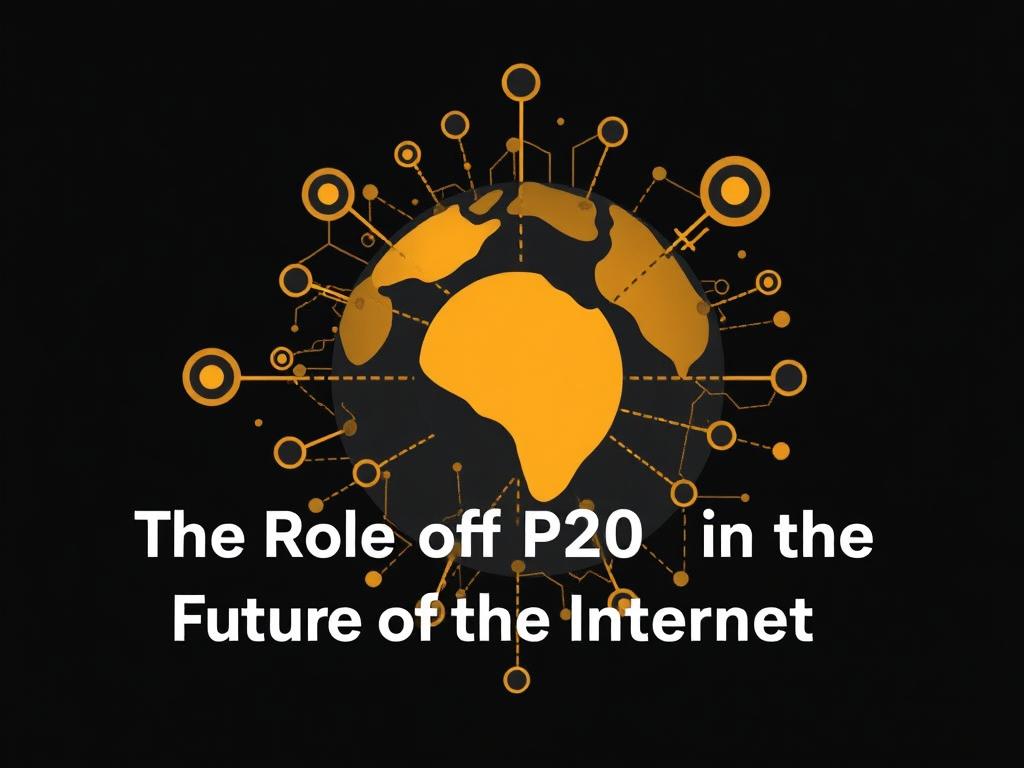
The role of P2P in the future of the internet is not just a possibility—it’s quickly becoming a necessity. As centralized systems face growing challenges related to privacy, censorship, and scalability, P2P networks offer a compelling alternative that empowers users and decentralizes control. From enabling secure, censorship-resistant financial systems to reshaping how we communicate and share data, P2P technology is poised to redefine what the internet means for everyone. While there are still challenges to overcome, the ongoing innovations and increasing adoption signify a promising shift toward a more resilient and democratic digital future. Embracing peer-to-peer systems today means participating in building the internet of tomorrow—one that prioritizes openness, privacy, and community at its core.

